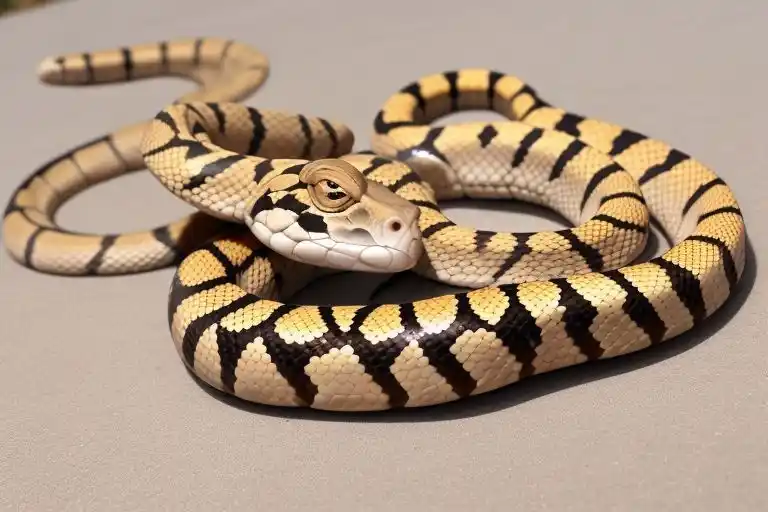
Unveiling the Serpent’s World: Understanding Snakes, Venomous Bites, and Crucial Safety Measures
Introduction
Snakes. The very word can evoke a shiver of fear, a sense of primal unease in many. For some, it’s fascination and respect that springs to mind, for others, outright dread. Having spent years studying these often-misunderstood reptiles, I’ve come to appreciate the vital role they play in our ecosystems and the delicate balance they maintain in the natural world. However, the fear associated with snakes is often rooted in the potential danger some species pose – the threat of a venomous bite. This article aims to demystify the world of snakes, differentiating between venomous and non-venomous varieties, discussing the impact of changing climates on their behavior, and, crucially, equipping you with the knowledge to prevent snake bites and administer essential first aid should the unfortunate occur.
Varieties of Snakes: Venomous vs. Non-Venomous
The global diversity of snakes is astounding. They inhabit almost every corner of the planet, from arid deserts to lush rainforests, and even our oceans. But when we talk about snakes, the first question that often arises is: “Is it venomous?” It’s essential to understand that the vast majority of snake species are non-venomous and completely harmless to humans. These snakes play a crucial role in controlling rodent populations and are an integral part of the food chain.
Venomous snakes, on the other hand, possess specialized fangs and venom glands to inject toxins into their prey. This venom is a complex cocktail of proteins that serves to immobilize and digest their food. While venom is primarily used for hunting, snakes may bite defensively if they feel threatened, cornered, or accidentally stepped on.
To better understand the difference, let’s look at a few key distinctions and examples:
Table: Comparing Venomous and Non-Venomous Snakes
| Feature | Non-Venomous Snakes | Venomous Snakes |
| Fangs | Lack prominent fangs. Teeth are generally uniform. | Possess distinct fangs, often larger and more prominent. |
| Head Shape | Typically rounded or elongated head. | Often (but not always) triangular or arrow-shaped head. |
| Pupils | Usually round pupils. | Typically elliptical (cat-eye) pupils. |
| Scales | Scales on the underside of the tail often extend the full width. | Scales on the underside of the tail are often divided or in two rows. |
| Behavior | Generally docile, rely on constriction or swallowing prey whole. | May be more defensive, rely on venom to subdue prey. |
| Examples | Rat Snakes, Garter Snakes, Pythons, Boas | Cobras, Vipers, Rattlesnakes, Coral Snakes |
| Bite Risk | Bites may be painful but are not venomous. | Bites can be dangerous and require immediate medical attention. |
It’s important to note that these are general guidelines, and identification based solely on these features can be unreliable, especially for the untrained eye. Never attempt to handle or closely examine a snake if you are unsure of its identity. Local field guides and expert consultation are the best resources for accurate snake identification in your region.

